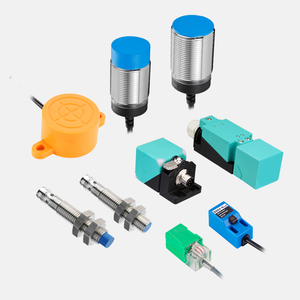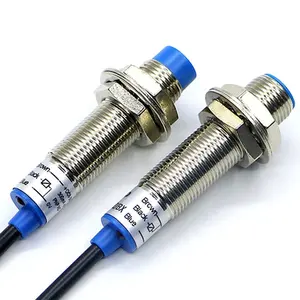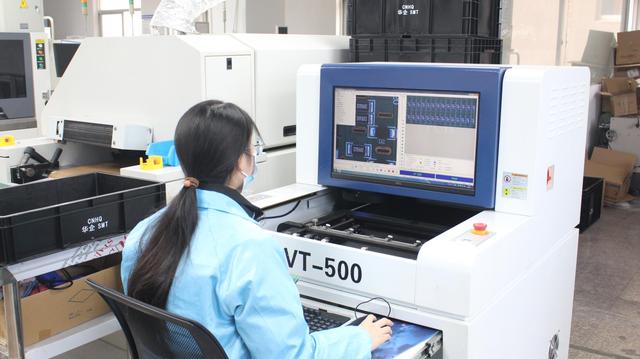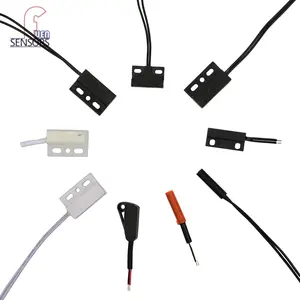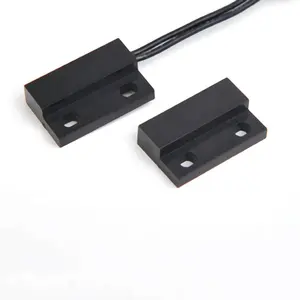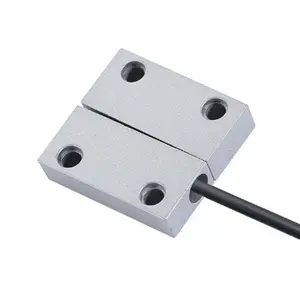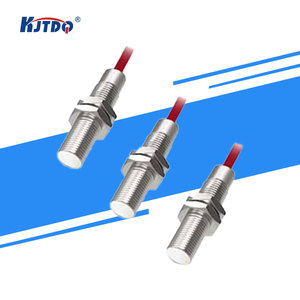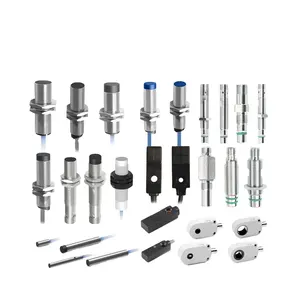
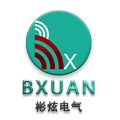
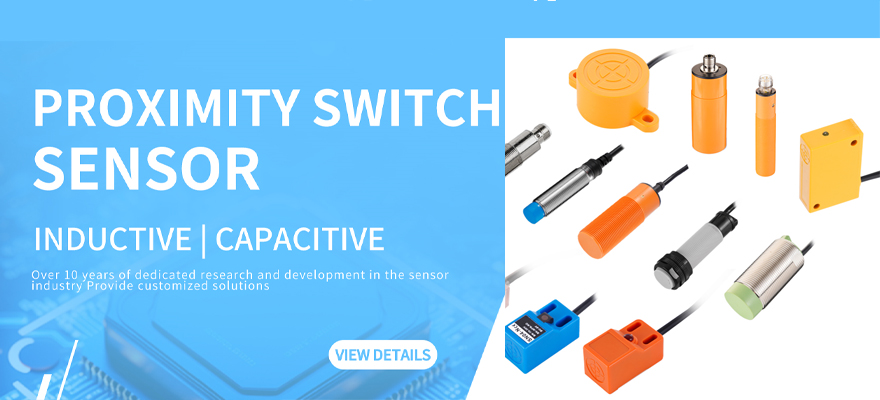
Proximity Switch Sensor





 0
0







 1/17
1/17




 0
0








 1/24
1/24











 0
0




 0
0









 1/39
1/39




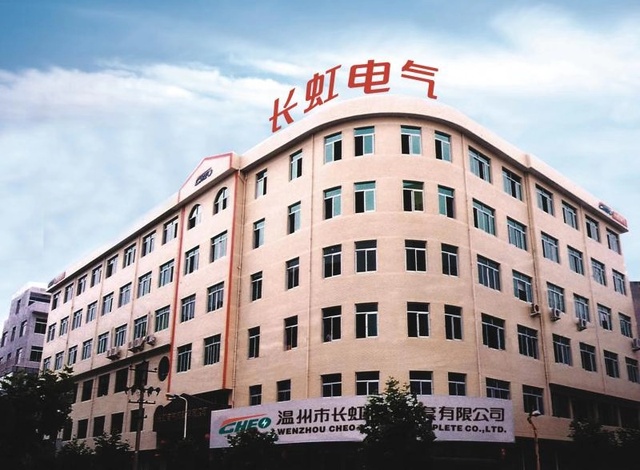

 1/3
1/3









 1/1
1/1










 0
0




 1/1
1/1




 1/1
1/1





 1/3
1/3










 1/24
1/24




 1/1
1/1









 1/46
1/46





 0
0
About proximity switch sensor
Where to Find Proximity Switch Sensor Suppliers?
China remains a central hub for proximity switch sensor manufacturing, with key production clusters in Zhejiang, Hunan, and Yueqing regions. These industrial zones host vertically integrated supply chains that support rapid prototyping and high-volume output. Yueqing, renowned for its electrical component ecosystem, accounts for over 40% of China’s low-voltage sensor production, leveraging localized access to copper, plastic molding, and precision machining services. This concentration reduces material lead times by up to 30% compared to decentralized markets.
The region’s mature infrastructure enables suppliers to maintain lean inventories while fulfilling both standard and customized orders efficiently. Most manufacturers operate within compact industrial parks where component sourcing, assembly, testing, and packaging occur within a 10-kilometer radius. This proximity supports average production lead times of 15–25 days for batch orders and accelerates sample development cycles to under two weeks. Buyers benefit from competitive pricing due to economies of scale, with typical unit costs ranging from $0.80 to $16.76 depending on detection range, housing material, and output configuration.
How to Choose Proximity Switch Sensor Suppliers?
Selecting reliable partners requires structured evaluation across technical, operational, and transactional dimensions:
Quality Assurance Verification
Confirm compliance with international standards such as CE, RoHS, and ISO 9001. While not all suppliers list formal certifications in public profiles, consistent adherence to these benchmarks is evident in product labeling, test reports, and conformity documentation. Prioritize suppliers who provide detailed specifications including IP ratings (e.g., IP67), operating voltage ranges (12–240V DC/AC), and switching frequency data.
Production and Customization Capability
Assess supplier capacity through observable indicators:
- In-house tooling and injection molding facilities for housing customization
- Support for OEM/ODM configurations including logo printing, color variation, cable length adjustment, and connector type
- Minimum order flexibility—some suppliers accept single-piece MOQs for prototypes, while others require 50–100 units for cost-effective runs
Suppliers like Wenzhou Dongmenzi Technology Co., Ltd. and Yueqing Yiou Electrical Appliance Factory explicitly offer customization options, indicating established R&D workflows. Cross-reference response times (≤1h observed in top-tier suppliers) with reorder rates to gauge service reliability.
Transaction Risk Mitigation
Utilize secure payment mechanisms and performance metrics to reduce procurement risk. Favor suppliers with verifiable on-time delivery records (target ≥99%) and response times under 2 hours. Analyze historical transaction volumes—measured in annual online revenue—as a proxy for market presence and fulfillment consistency. Conduct sample testing to validate claimed parameters such as detection distance, hysteresis, and temperature tolerance before scaling orders.
What Are the Best Proximity Switch Sensor Suppliers?
| Company Name | Main Products | Price Range (USD) | Min. Order Quantity | On-Time Delivery | Avg. Response Time | Reorder Rate | Customization | Annual Revenue (Est.) |
|---|---|---|---|---|---|---|---|---|
| Changsha Walyoung Electronic Technology Co., Ltd. | Pneumatic Parts, Proximity Sensors, Optical Sensors | $5.70 – $12.64 | 1–2 pieces | 100% | ≤8h | 40% | Limited | $10,000+ |
| Yueqing Yiou Electrical Appliance Factory | Proximity Switches, Sensors | $8 – $11 | 1 piece | 100% | ≤1h | 43% | Yes | $230,000+ |
| Yueqing Chengfei Electric Co., Ltd. | Proximity Sensors, Relays, Push Button Switches | $0.80 – $7.50 | 1–10 pieces | 100% | ≤1h | <15% | Limited | $9,000+ |
| Wenzhou Dongmenzi Technology Co., Ltd. | Proximity & Photoelectric Sensors | $4.17 – $16.76 | 1 piece | 100% | ≤1h | <15% | Yes | $400+ |
| Zhejiang Aotoro Electronic Technology Co., Ltd. | Capacitive & Inductive Proximity Sensors | $1.30 – $9.50 | 10–100 pieces | 99% | ≤2h | 23% | Yes | $190,000+ |
Performance Analysis
Yueqing Yiou Electrical Appliance Factory stands out with a 43% reorder rate, sub-hour response time, and strong customization support—indicating robust customer satisfaction and operational agility. Zhejiang Aotoro and Yueqing Yiou demonstrate significant production volume capacity, backed by estimated revenues exceeding $190,000 annually. In contrast, Wenzhou Dongmenzi, despite lower reported revenue, offers highly competitive pricing and fast responsiveness, making it suitable for niche or prototype-driven projects.
Suppliers based in Yueqing dominate response efficiency, with three of five achieving ≤1h average reply times. However, lower reorder rates among some technically capable manufacturers suggest potential gaps in post-sale support or quality consistency. For mission-critical applications, prioritize suppliers with proven track records in export compliance and repeat business. High-volume buyers should negotiate MOQ reductions based on long-term contracts and consider dual-sourcing strategies to mitigate supply chain disruptions.
FAQs
How to verify proximity switch sensor supplier reliability?
Evaluate on-time delivery history, response latency, and transaction volume. Request product datasheets, CE/RoHS declarations, and, if possible, third-party inspection reports. Conduct factory audits via video tour to confirm in-house production capabilities and quality control processes.
What is the typical minimum order quantity?
MOQ varies significantly: some suppliers offer single-unit sampling, while others require 10–100 units for standard pricing. Capacitive and inductive models often have higher MOQs due to specialized calibration requirements.
Are customization options available for proximity sensors?
Yes, multiple suppliers support housing color, cable length, connector type, and branding modifications. Custom engineering for specific detection distances or environmental ratings may require NRE fees and extended lead times.
What are common lead times for bulk orders?
Standard production lead times range from 15 to 25 days after order confirmation. Expedited processing (within 7–10 days) is feasible for pre-stocked models. Add 5–10 days for air freight delivery to North America or Europe.
Do suppliers provide technical documentation and support?
Leading suppliers supply datasheets, wiring diagrams, and installation guides. For integration support, confirm availability of multilingual engineering teams before procurement, especially for complex automation systems.



